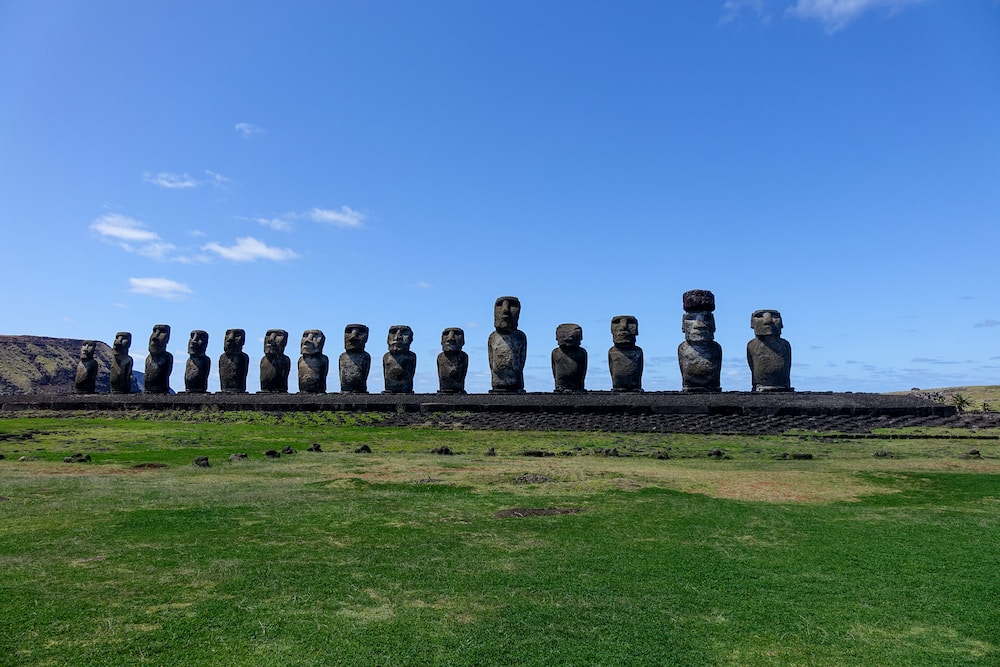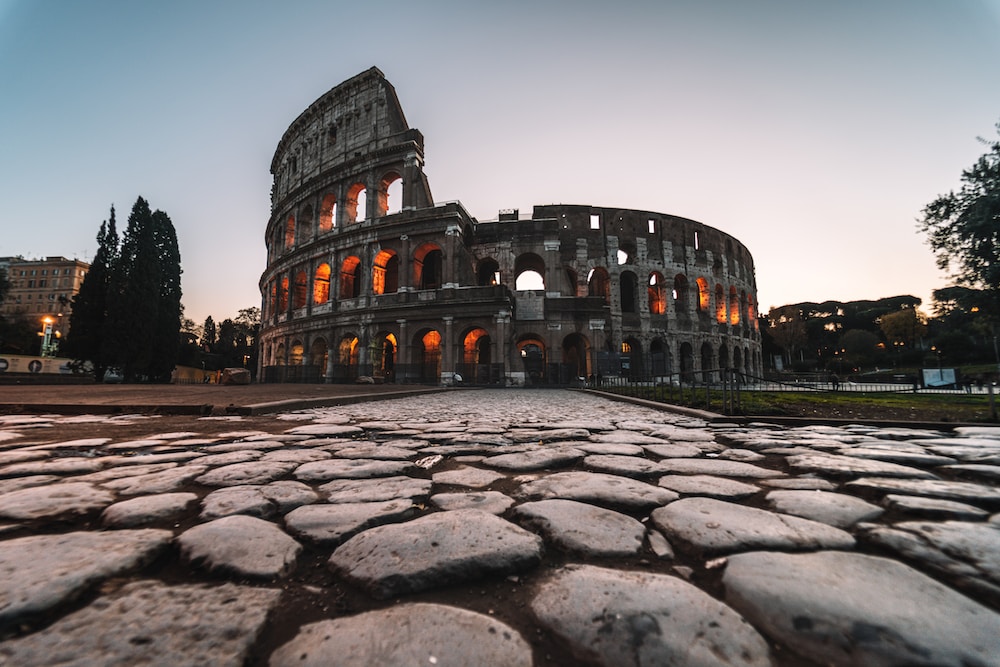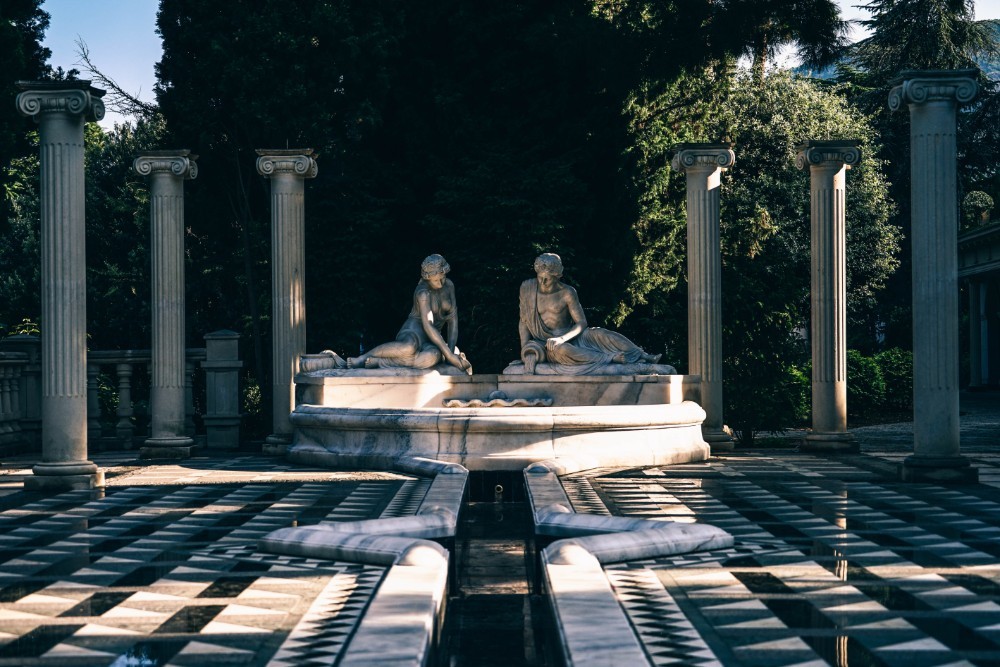Last Updated on January 15, 2024
Has your New Year’s resolution been to add a twist to your travel adventures by exploring different archaeological sites? And why not? Archaeological sites are more than just tourist spots; they are the keepers of secrets, stories, and wisdom of ages gone by. The start of 2024 presents a perfect opportunity to turn this dream into reality.
Imagine standing amidst ancient ruins, each stone whispering tales of past civilizations. This year, let’s take a journey not just across the globe but through time. We’ll explore some of the most breathtaking ancient sites around the world that deserve a spot on your 2024 travel list.
So, grab your passport, pack your curiosity, and embark on an unforgettable journey into the past.
The Acropolis of Athens, Greece

The Acropolis of Athens is a testament to ancient Greek civilization and a monumental symbol of cultural and historical significance. Standing tall over the city of Athens, this ancient citadel directly links Greece’s illustrious past.
To get a holistic experience, consider visiting the Acropolis Museum and the National Archaeological Museum. They house incredible artifacts and offer deeper insights into Greek history and the significance of the sites you’ve visited. But that’s not all! You can also stroll through the Plaka neighborhood. Here, you can enjoy authentic Greek cuisine, shop for souvenirs, and feel the vibrant pulse of modern-day Athens.
Remember, planning your trip right is essential, especially during the busy season. To make the most of your visit, consider buying acropolis tickets online in advance. This simple step can save you a lot of time. With a skip-the-line ticket, you can bypass the long queues, offering priority entry.
The Ancient City of Petra, Jordan

Nestled in the heart of Jordan’s desert lies Petra, an ancient city that is as much a mystery as it is a marvel. This UNESCO World Heritage site, often called the ‘Rose City’ due to its pink-hued rock, is proof of the ingenuity of the Nabataeans. Petra’s architecture, carved directly into the vibrant sandstone cliffs, will leave you amazed.
The history of Petra is a rich tapestry of trade, culture, and architectural brilliance. It was once a bustling trading center and a melting pot of various civilizations. As you walk through the Siq, a narrow gorge leading into the city, and witness the majesty of Al-Khazneh – the Treasury – you’re walking the same path traders and explorers have for centuries.
When planning a visit to Petra, timing is key. Early morning or late afternoon visits can help you avoid the heat and the crowds. And don’t miss the Monastery, another monumental carved facade, and the Royal Tombs, offering panoramic views. As the sun sets, the stone city takes on a magical glow, a sight that encapsulates the wonder of Petra.
Easter Island, Chile

Easter Island, a remote volcanic island in Chile, is home to one of the world’s most fascinating and mysterious archaeological sites. The island is known for its moai statues and enormous stone figures. They were carved by the Rapa Nui community centuries ago.
These statues, with their oversized heads and brooding expressions, have captivated visitors and scholars for years. What makes them truly remarkable is the mystery surrounding their creation and transportation, as the statues are scattered across the island, some standing tall, others toppled over.
If you’re planning a trip to Easter Island, it’s important to respect the cultural significance of these statues. They are not just tourist attractions but sacred artifacts to the local Rapa Nui people.
Angkor Wat, Cambodia

Angkor Wat in Cambodia is a marvel that effortlessly combines spiritual depth with architectural magnificence. It’s not a monument but a symbol of pride and evidence of the skill of the Khmer Empire. This ancient temple complex, built in the 12th century, is the largest religious monument in the world.
The first thing that strikes you about Angkor Wat is its sheer size. It is surrounded by a massive moat, creating an island of stone amidst water. As you walk towards the main temple, the carved towers rise dramatically against the sky. The central tower symbolizes Mount Meru, considered the home of the gods in Hindu mythology. It’s this blend of spiritual symbolism and architectural grandeur that makes Angkor Wat so captivating.
While exploring, take your time to absorb the details. The walls are adorned with bas-reliefs and carvings depicting Hindu legends and scenes from daily life in the ancient Khmer Empire. Remember to dress respectfully, as Angkor Wat is a sacred site.
The Roman Colosseum, Italy

When you think of Rome, the Colosseum often springs to mind. This iconic structure is a symbol of Italy’s ancient engineering. Built over 2,000 years ago, the Colosseum has stood the test of time as a reminder of the Roman Empire’s once-mighty presence. In its heyday, this theater hosted gladiatorial contests, dramas based on Classical mythology, and even mock sea battles, captivating audiences of up to 50,000 people.
But there’s more to see around the Colosseum. Nearby attractions include the Roman Forum, the center of Roman public life for centuries, and Palatine Hill. These sites are within walking distance and offer a deeper understanding of Roman history and culture.
Chichen Itza, Mexico

Chichen Itza in Mexico is a window into the fascinating world of the Mayan civilization. This ancient city, one of the New Seven Wonders of the World, will captivate you with its majestic structures and rich history. The centerpiece, the Pyramid of Kukulkan, is an architectural marvel and a testament to the Mayans’ astronomical expertise.
When planning a visit to Chichen Itza, starting early in the day is wise. This helps you beat not only the heat but also the crowds. As you wander through the site, you’ll discover various structures like the Great Ball Court and the Temple of the Warriors, lined with columns depicting warriors.
Don’t forget to explore the nearby Cenote Sagrado, a natural sinkhole sacred to the Mayans, and the Thousand Columns complex. Each spot in Chichen Itza holds a piece of the puzzle of the Mayan civilization, offering a deeper understanding of this ancient culture.
Final Words
So, as you plan your travels for 2024, consider including these archaeological wonders in your itinerary. They promise a journey across continents and through time, offering insights and inspirations that stay with you long after you’ve returned home. Happy travels, and here’s to a year of exploring and discovering the treasures of our world’s ancient past!

